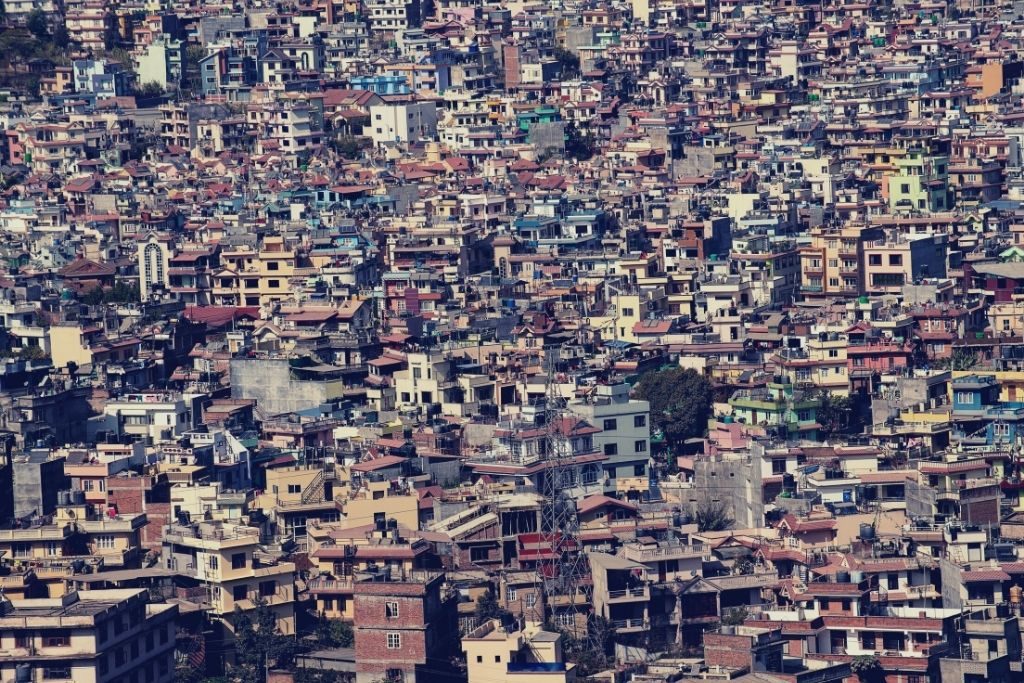Around a billion people worldwide live in slums, informal settlements typically populated by the urban poor. These residents represent a third of the global urban population and drive over 90 percent of its growth. By 2030, there’ll be two billion slum dwellers, residing primarily in Asian and African countries.
According to UN-Habitat, a slum lacks one or more of the following.
- Durable housing of a permanent nature that protects against extreme climate conditions.
- Sufficient living space which means not more than three people sharing the same room.
- Easy access to safe water in sufficient amounts at an affordable price.
- Access to adequate sanitation in the form of a private or public toilet shared by a reasonable number of people.
- Security of tenure that prevents forced evictions.
However, despite harsh conditions and scarce resources, over the last decades, many urbanists and economists believe the future of cities depends on the future of slums.
Entrepreneurship and Resourcefulness

Slum-dwellers are often experts in micro-entrepreneurship and hustling. No resource, including one’s time, ever goes to waste in many slum households. During their research, Abhijit Banerjee and Esther Duflo, Nobel Prize-winning economists, met a group of slum-dwelling women who sold dosa in the morning, a rice pancake which is a breakfast staple in South India. However, as soon as the breakfast time was over, women were gone. Banerjee and Duflo describe what they found when they followed the dosa sellers.
“We found one inside her house, filling her daughter’s plate with lunch that she had cooked while making the dosas. She told us that later that day, she was going out to vend her saris, the long piece of decorative cloth that Indian women drape around themselves. She gets plain nylon saris from the shop and stitches beads and small shiny pieces on them, and once a week, she takes them from house to house, hoping that women would buy them to wear on special occasions. And they do buy them, she said confidently. All the other dosa women we met that day had a similar story: once they are done frying dosas, they do something else. Some collect trash; others make pickles to sell; others work as laborers.”
When slum-dwellers as such get the right access and support, their economic activities tend to holistically benefit the entire community.
Adaptability and Innovation

During their missions of making the most of their resources, slum-dwellers often innovate and exhibit a high level of adaptability to new solutions and technologies. While changing processes can take a long time for municipalities or companies, slums can immediately take to solutions that deliver results.
For instance, even though millions living in slums still don’t have access to clean energy, from Brazil to India, solar solutions are rapidly lighting up lives. When slum-dwellers can ditch harmful and expensive energy resources like paraffin or kerosene, they not only have healthier homes but also can save money.
Asha, who resides in Korogocho, the fourth largest slum in the capital Kenyan capital Nairobi, recently switched to a low-tech and inexpensive solar solution offered by a social business.
The money saved from not buying paraffin, I use for tuition for one of my children.
Asha, resident of Korogocho (Kenya)
Slums: Labs for the Sustainable City

Despite the stigma about the very word “slum”, these informal settlements around the world are evolving micro-cities that are essential for the urban future. Some researchers even consider slums as “labs for the sustainable city”.
“The formal city couldn’t survive without the informal city,” says Alfredo Brillembourg, an architect who has been studying and practicing in slums for decades.
He adds, “[A slum] lets you learn a hell of a lot about society, about living, about aspirations, and about the economy of resources, re-use and adaptation. It offers incredible lessons for the rest of the world.”
Thus, understanding and improving slums can lift millions out of poverty and lay the foundation for smarter and fairer cities for all.






